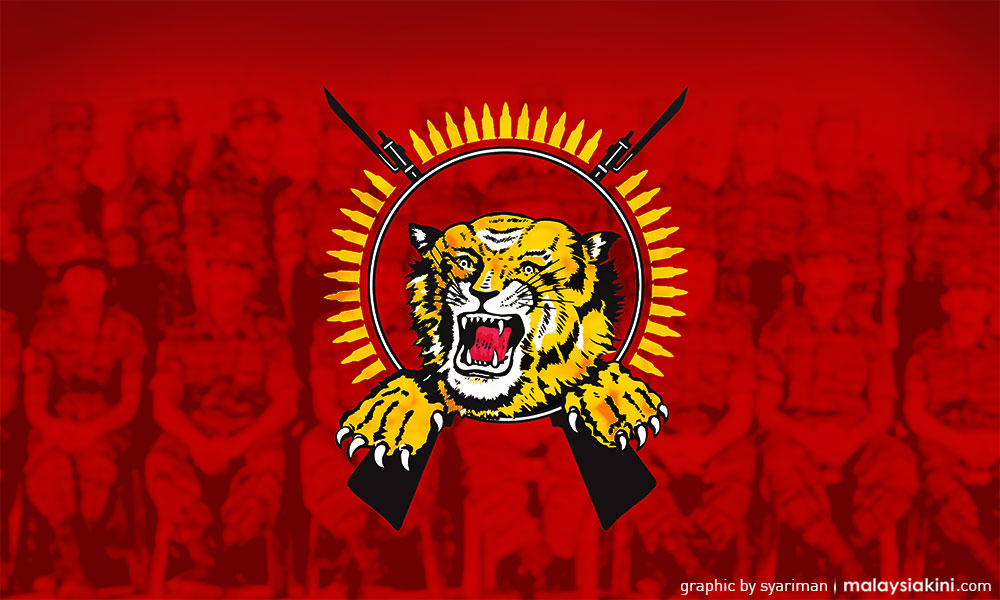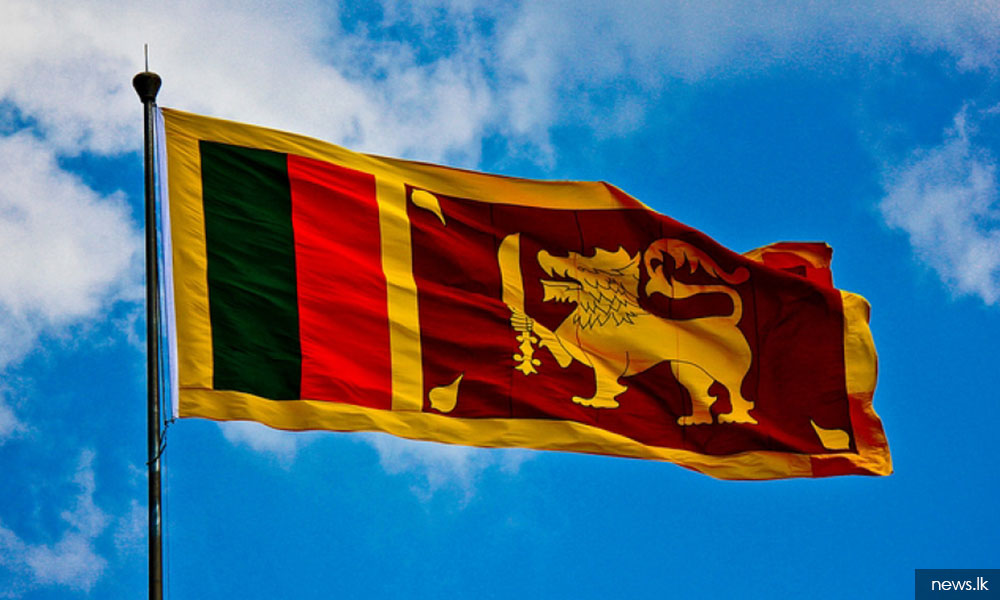
A week after the Boxing Day tsunami in 2004, The Sun launched a campaign to raise funds for rehabilitation purposes. Because other newspapers had already collected millions for victims in the north – Penang and Kedah, the management decided that we should focus on two specific areas – Sri Lanka and Acheh.
We were not going to hand over cash collections but the money would be used to buy necessities to get them back on their feet. They needed instant medical care, clothes and food. To cut a long story short, on Jan 6, 2005, photographer Raj Kumar Soman and I landed at the Colombo airport carrying medical equipment including diagnostic sets and defibrillators. These would be used by volunteer doctors and paramedics who were already there.
But the affected areas were in the north – about 200km away. That night we touched base with the Tamil Relief Organisation (TRO) and the next morning we were on road to Vavuniya. It was then the line of control between the ruling government and the de facto regime of the Liberation Tigers of Tamil Ealam (LTTE) or better known as the Tamil Tigers.
Although I had been to Sri Lanka on cricket and golf tours, I had never ventured elsewhere except Colombo and Kandy. I had only stepped foot in Jaffna, the homeland of the Tamils with my late parents when I was a seven. Neither Raj Kumar nor I had any inkling of what was coming or what to expect. All we knew was that the Tigers were ruthless killers fighting for their own homeland.
First, there was the military checkpoint on the Sri Lankan side. We disembarked, showed our passports and declared the medical equipment and had to walk across the 200-metre no man’s land.
Arriving on the other side, we first caught sight of armed Tiger cadres guarding the immigration office of what was then called “Ealam” by the Tamils. That encounter was not to be the last. In the subsequent months, I made five other journeys – all related to rehabilitation work. From there, a van transported us to Killinochi, the “administrative capital” of Ealam.

We later learnt that the area stretching from Vavuniya to Elephant Pass in the north had a government of its own. It had its own immigration and emigration office, a police force, a free health system and scores of other government departments like any other country. It even had its own judiciary and I was asked to meet and talked to the chief judge.
The first night was in the rehabilitation centre where they made artificial limbs for those injured in the war. Cold water, cold rooms, power off at 10pm but that did not matter. The next morning, a four-wheel-drive vehicle with a driver and a minder showed up. We were driven to the “government guest house” called "Tank View". It was a double storey-building overlooking a huge lake.
The Tank View was our operational base. We travelled all over to see and record the devastation of the tsunami. It was then that I understood the real meaning of suffering, hardship and grief. Entire families were wiped out; an entire orphanage of 60 children was swept away by the waters and houses were flattened. The devastation was beyond description. A roller which was being used to construct a road along the coast was carried inland over 400 metres!
In the guest house, we maintained stoic silence only to speak Malay whenever we were out together. We discussed the stories we should pursue. They were well aware of our mission. They knew we wanted to do more than rehabilitation work.Their intelligence was pukka.
When we met SP Tamilselvan, the highest-ranking civilian and de facto chief minister, he remarked that he was told that I was a seasoned journalist. He even knew I had been part of the media cricket team which played in Colombo saying in passing that we should have played in Jaffna as well. It is common among Tamils to call each other Annan (elder brother) instead of the colloquial Annay.
At no time did he or anyone try and sell LTTE ideologies or promote the cause. The only time he came close was to say: “We can offer a better system of government than Singapore. We need independence.”
What about money? “Annan, we can raise it with the help of the Tamil diaspora. They will fund us.” On each visit, tea with Tamilselvan was compulsory because it was their policy of personally thanking those who turn up to help them. He walked with a limp because of a war injury and to Western journalists, he was the “smiling assassin” – always with a broad grin.
Raj Kumar wanted the necklace with a cyanide capsule as a souvenir, but was told that only trained combatants were allowed to wear them.
We provided much among them fishing nets for fishing boats which were named after the Malaysian states and medical equipment including an X-ray machine for the dilapidated hospital, a thatched roof wooden building where surgeries were carried out.

In one of my subsequent visits, I was told that Periappah (Big Father or Elder Uncle) wanted to meet us. It referred to V Prabhakaran, the head of LTTE but it was not to be. I later learnt that because of “security risks”, he never made appointments. If you are there at that time, he will see you. When he finally called for me, I had already left for Colombo.
Raj Kumar and I went back there in 2014 to do stories on the 10th anniversary of the tsunami. So much had changed. The decimation of the Tigers brought development. Now a new hospital had been built - four brick buildings with three ambulances parked in the driveway.
We went to the coastal towns of Mullaitivu and Puthukuditirpu where we had donated the nets and the boats. None were seen. What happened? They were all destroyed when the Sri Lankan army launched a massive attack to decimate the Tigers.
No one talked about namba payanggal (our boys) or Iyakkam (the movement). Life had changed. Killinochi is a bubbling town. The rows of wooden shacks have made way for modern two-storey buildings. Our driver took us to the boatyard where the vessels of the LTTE navy that were captured were kept. Nearby was 30-metre-deep pool where the dreaded Sea Tigers were trained to fix explosives to Sri Lankan naval vessels.
The TRO office is now the district administrator’s office. The A-12 Restaurant – a favourite for aid workers and foreigners for their traditional Jaffna food - was still there.
There was no sign of any Tiger presence. Those who dealt with us as liaison persons were nowhere to be seen. When we inquired at the restaurant, we were told everyone connected with the Tigers were either killed or captured and taken away. They also gave me the sad news – the pretty TV presenter who interviewed me on Ealam TV was captured, raped and shot.
Last November, I took the family by road from Colombo to Jaffna where my forefathers came from. There was no reason to stop anywhere except for meals. Passing through Killinochi town, I showed them what the Eelam Bank was then - perhaps the only bank in the world without security guards or alarms.
Many of us have been in one way or the other touched or had connections with the Tamil people and the LTTE. It does not make us terrorist sympathisers or their fundraisers. I fervently declare that I was there as a newsman first and aid worker second - nothing more than that.
R NADESWARAN, a veteran journalist, was assigned to coordinate aid for Sri Lanka after the 2004 tsunami while his former partner Terence Fernandez did the same for Acheh. Comments: citizen.nades22@gmail.com - Mkini



No comments:
Post a Comment
Note: Only a member of this blog may post a comment.